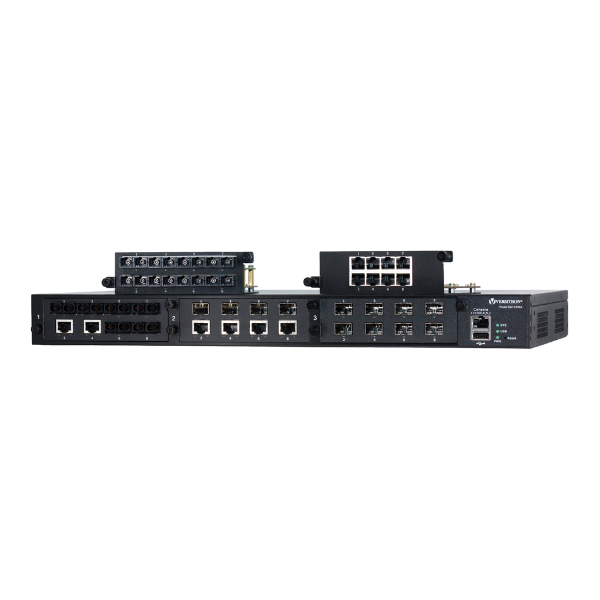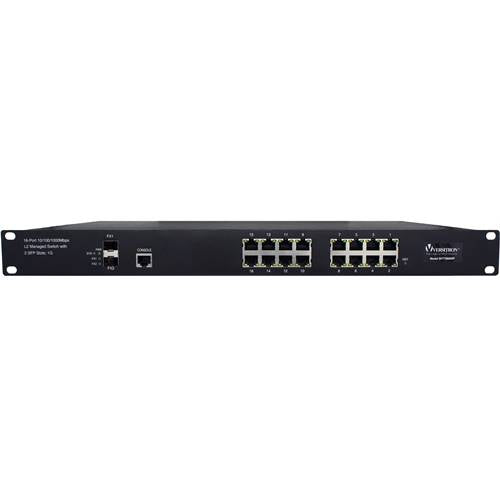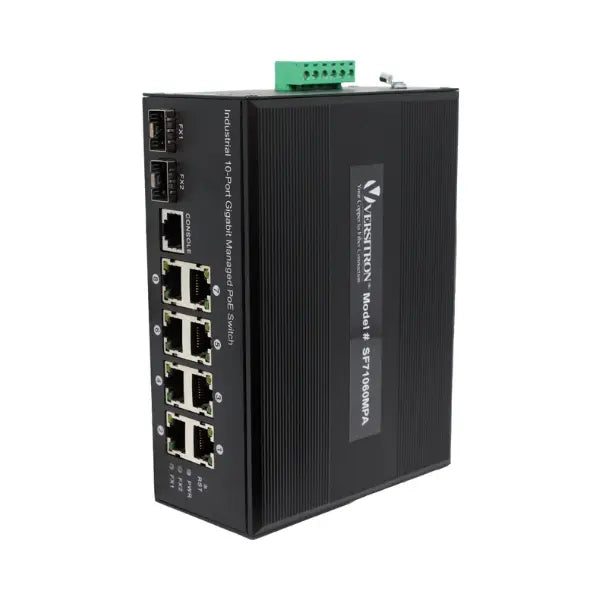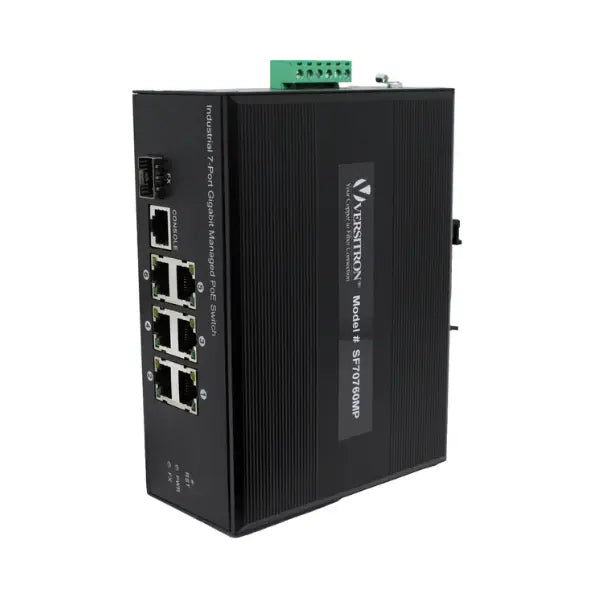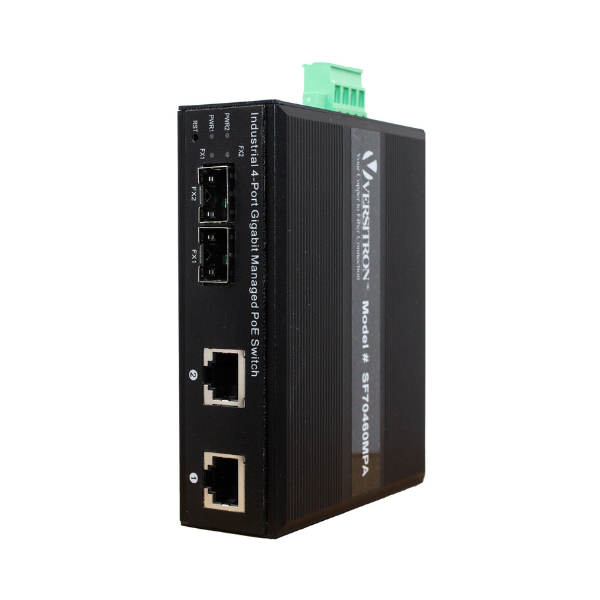Introduction
In the world of networking, efficient IP address management is crucial for establishing connectivity between devices and ensuring smooth operations. DHCP (Dynamic Host Configuration Protocol) plays a significant role in this aspect. In this blog, we will introduce you to DHCP and explore its essential role in IP address management. We will delve into its purpose, functionality, and the benefits it brings to network administrators and users alike. By understanding the fundamentals of DHCP and its impact on IP address assignment and configuration, you will gain insights into how it simplifies the management of IP addresses within networks.
Definition of Dynamic Host Configuration Protocol
DHCP is a network protocol that dynamically assigns IP addresses to devices on a network. It also provides additional configuration parameters such as subnet masks, default gateways, and DNS server addresses.

How DHCP Works
- DHCP Discover: When a device joins a network, it broadcasts a DHCP Discover message to locate available DHCP servers.
- DHCP Offer: The DHCP server responds with a DHCP Offer message, proposing an IP address and other configuration details to the client.
- DHCP Request: The client selects an offered IP address and sends a DHCP Request message to the server, confirming its choice.
- DHCP Acknowledgment: The server acknowledges the request with a DHCP Acknowledgment message, providing the IP address and configuration parameters to the client.
Advantages of DHCP
- Simplified Network Administration: DHCP reduces the administrative burden of manually assigning and configuring IP addresses for each device on a network, including Ethernet Network Switches. Administrators can centrally manage IP address allocation and configuration parameters, saving time and effort.
- Reduced Configuration Errors: DHCP ensures consistent and accurate network configurations by automatically assigning IP addresses and configuration parameters to switches. This reduces the risk of misconfigurations that could lead to network issues and improves overall network stability.
- Efficient Resource Utilization: DHCP optimizes the allocation of IP addresses for switches by dynamically assigning and reclaiming addresses based on device connections and disconnections. This prevents IP address exhaustion and ensures efficient utilization of available address space.
- Enhanced Network Security: DHCP supports security measures such as MAC address filtering and authentication for switches. By associating specific MAC addresses with reserved IP addresses, DHCP helps ensure that only authorized switches can connect to the network, improving network security.
Benefits of DHCP
- Network Flexibility and Mobility: DHCP enables switches to seamlessly move between different networks without manual IP address reconfiguration. When a switch connects to a new network, it can automatically obtain a suitable IP address from the DHCP server, facilitating network mobility.
- Centralized IP Address Management: DHCP centralizes the management of IP address allocation and configuration parameters for switches. Administrators can configure and control IP address assignment policies, lease durations, and other network parameters from a central DHCP server, ensuring consistency and simplifying network administration for switches.
- Scalability and Network Growth: DHCP supports network expansion by automatically assigning IP addresses to new switches without requiring manual intervention. This scalability ensures that networks can grow and accommodate additional switches seamlessly, without disruptions.
- Streamlined Troubleshooting: DHCP simplifies network troubleshooting for switches by providing centralized visibility into IP address assignments and configuration parameters. Administrators can easily track and identify switches based on their assigned IP addresses, facilitating efficient issue resolution and network maintenance.
- IPv6 Support: DHCP plays a crucial role in IPv6 networks by facilitating the automatic configuration of IPv6 addresses and providing additional configuration details for switches. DHCPv6 ensures efficient and reliable IPv6 address assignment, simplifying the adoption of IPv6 within networks.
- Improved Network Standardization: DHCP allows for standardized network configurations across switches. By centrally managing configuration parameters, administrators can ensure that switches receive consistent network settings, enhancing network stability and reliability.
What are the Types of DHCP?
- DHCP Server Modes: DHCP servers can operate in different modes, such as "stateful" and "stateless" modes.
- Stateful DHCP: In this mode, the DHCP server assigns IP addresses and leases to clients. It manages the entire IP address allocation process and tracks lease information.
- Stateless DHCP: In this mode, the DHCP server only provides additional configuration parameters to clients, such as DNS server addresses and domain names. It does not assign IP addresses, as they are obtained through other means (e.g. manual configuration or IPv6 auto-configuration).
- DHCP Server Implementations: There are various DHCP server implementations available, both open-source and commercial, offering different features and scalability options.
- DHCP Client Implementations: Devices that act as DHCP clients implement the DHCP protocol to obtain IP addresses and configuration parameters. Common operating systems, such as Windows, Mac-OS, Linux, and network devices like routers and switches, include built-in DHCP client functionality.
- DHCP Client Renewal Process: DHCP clients typically renew their IP address leases before they expire to maintain uninterrupted connectivity. This renewal process involves the client sending a DHCP Request message to the DHCP server to extend the lease duration.
- DHCP Relay Agent Purpose: In networks with multiple subnets or VLANs, DHCP relay agents play a crucial role in facilitating DHCP communication between DHCP clients and servers.
- Relay Agent Operation: A DHCP relay agent listens for DHCP Discover messages broadcasted by clients on one subnet and forwards them as unicast DHCP messages to a DHCP server located on a different subnet. The relay agent encapsulates the original DHCP messages, preserving their integrity and allowing the DHCP server to allocate IP addresses from the appropriate subnet.
- DHCP Relay Agent Configuration: Network administrators configure DHCP relay agents on routers or Layer 3 switches, specifying the IP address of the DHCP server to which the relay agent should forward DHCP messages. This enables DHCP communication across different network segments.
Optimizing IP Address Allocation
-
DHCP Lease Duration:
Lease Time Management: Administrators can set lease durations according to network requirements, balancing address availability and IP address turnover rate.
Flexible Lease Times: Different devices or device groups can have varying lease durations based on their usage patterns, allowing for customized IP address management. -
DHCP Reservations:
IP Address Consistency: DHCP reservations ensure that specific devices always receive the same IP address, facilitating device identification and consistent network configurations. -
DHCP Exclusions:
Reserved IP Addresses: Administrators can exclude specific IP addresses from the DHCP pool, reserving them for devices that require fixed addresses or specific purposes like servers or network appliances.
Network Scalability and DHCP
-
Dynamic Network Growth:
Seamless Device Integration: DHCP enables easy integration of new devices into the network by automatically assigning IP addresses without manual intervention.
Scalable Address Management: DHCP eliminates the need for administrators to manually configure IP addresses for each new device, allowing networks to scale efficiently. -
Load Balancing DHCP Servers:
High Availability: Distributing DHCP servers across a network ensures redundancy and load balancing, preventing single points of failure and providing uninterrupted DHCP services.
Improved Performance: Load balancing helps distribute the IP address assignment workload evenly, preventing bottlenecks and optimizing server performance. -
DHCP Options for Multi-Subnet and Distributed Network Environments:
Multi-Subnet Support: DHCP supports options like DHCP relays and IP helpers, enabling IP address assignment across multiple subnets, even in complex network architectures.
Centralized Management: Despite distributed networks, DHCP allows administrators to manage IP address assignment and configuration parameters centrally, simplifying network administration.
Conclusion
The Dynamic Host Configuration Protocol (DHCP) is a vital component in the efficient management of IP addresses within networks. By automating IP address assignment and providing configuration parameters, DHCP simplifies network administration, improves resource utilization, and ensures consistent configurations across devices. Understanding the role of DHCP empowers network administrators to effectively manage IP address allocation and configuration, resulting in optimized network performance and seamless connectivity for devices.


